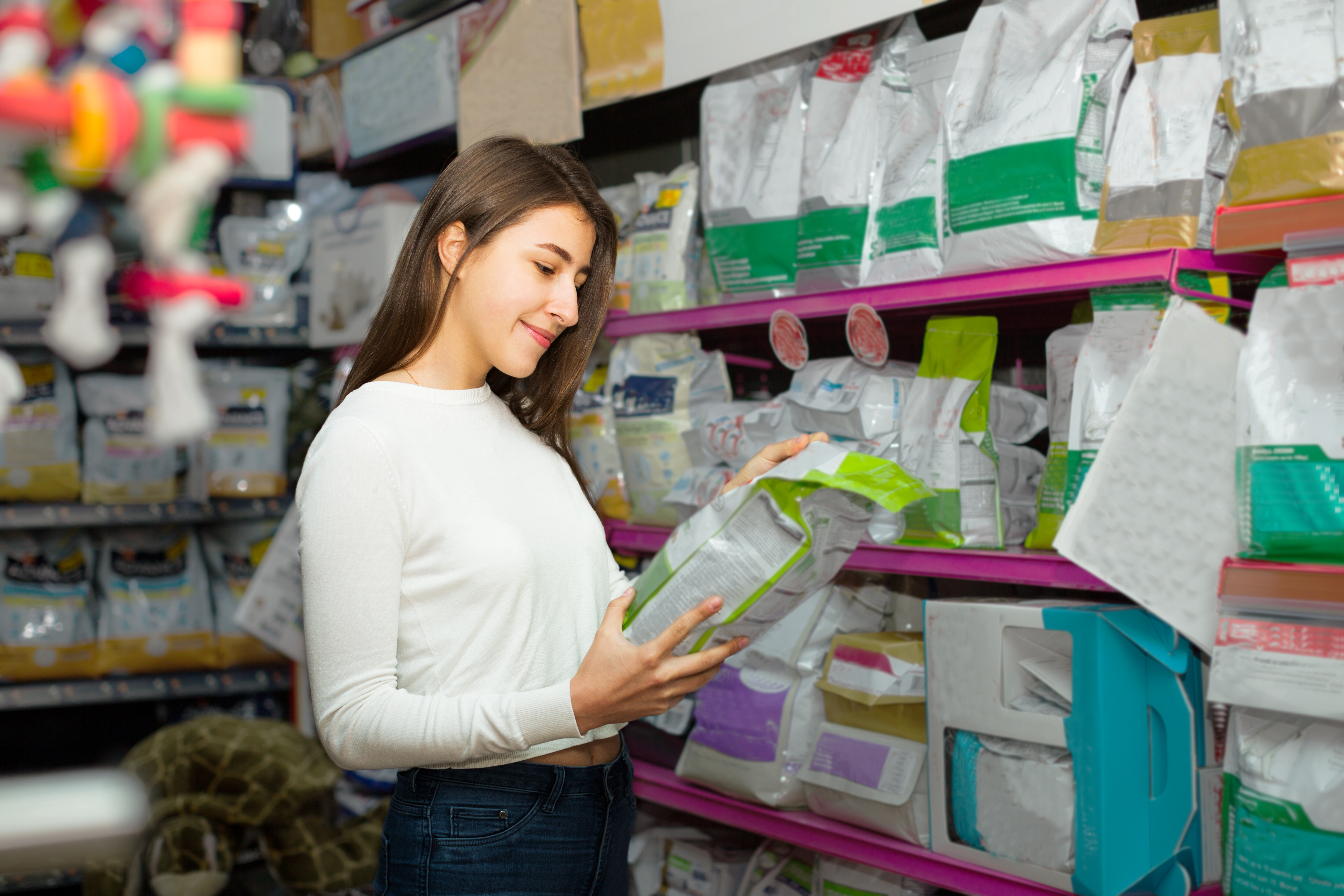Private labels as brands can drive commercial growth

Private labels emerged many years ago as cheaper alternatives that generated better margins than traditional brands. Over time, they became brands themselves, even evolving into exclusive brands.
What is a brand?
There are many definitions of what a brand is, and these have changed as consumers themselves have changed too.
In the 1980s, ‘father of modern marketing’ Philip Kotler used the definition:
“A brand is a name, term, sign, symbol, design, or a combination of these, which is used to identify the goods or services of one seller or group of sellers and to differentiate them from those of competitors.”
Then, in the 1990s, Dutch advertising CEO Giep Franzen defined it as:
“A brand only exists in people’s brains. It is a network of associations between elements in memory. These associations are the result of joint, simultaneous processing in space and time of sensory stimuli and of thinking about different phenomena in relation to each other.”
Whereas the term had first been based on the brand being a symbol, it has since evolved into ‘existing in people’s brains’. This is more complicated, because knowledge of neuro-marketing is vital, including aspects such as storytelling and the impact of colour on a mindset, et cetera.
Retail brands in the pet industry
The global pet care industry continues to grow, especially private labels, also known as ‘retailer or retail brands and labels’ plus ‘own brands or labels’.
In the competitive offline and online market, retailers must create a competitive edge to build loyalty among pet parents, react quickly to their needs and change shopping behaviour. It is therefore vital that pet retailers build a brand which links their shopping concept to the mindset of their customers. These retail brands are then seen as exclusive brands.
In today’s world, pet parents no longer see much difference between traditional brands and exclusive retail brands. They are not even aware that most of them come from the same manufacturer. So this does not influence their buying behaviour. But for the industry as a whole, it is a different matter.
Manufacturing exclusive or traditional brands
One of the differences for a private label manufacturer in producing an exclusive brand or a traditional brand is the different business partnership models.
There are two main private label categories:
- focusing on low and mid level pricing
- products with differentiation and uniqueness that are premium or super premium driven
Category ‘a’ is predominantly transaction-driven and based on one-year contracts, in some cases at fixed prices with non-binding volumes. It is a ‘butterfly’ concept (see Figure 1) that calls for efficient buying and selling processes.
Category ‘b’ is where less suppliers are able to secure a level of differentiation, exclusive recipes, et cetera. These suppliers deliver a higher degree of uniqueness, creating strong collaboration and cooperation for a number of years. The humanisation and premiumisation trend forces retailers to enter into partnerships or alliances with manufacturers.
In today’s marketplace, traditional brands no longer have their own production plants. So they often rely on plants that are also manufacturing exclusive brands. With this type of partnership, the level of innovation is high, recipes are exclusive, and some items are even owned by the brand owner to secure differentiation. The model of cooperation is also different – the diamond model (see Figure 2).
In other words, cooperation between ‘buyers’ and sellers of private labels, exclusive brands and traditional brands becomes a relationship with a high level of trust.
Risk management in the collaboration/alliance model
In this model of cooperation many important challenges have to be addressed. For example, knowledge and innovation input, exclusivity, packaging development. And: who bears the risk of volatile raw materials or currency, and how to deal with the ups and downs together – for example, necessary price increases caused by rising prices of raw materials, freight, packing, transport? Or who is the first mover: retailer brands or traditional brands? What about price elasticity, the price gap between the traditional brand and the retailer label?
Changing times and changing roles
Pet retailers need private labels to evolve into exclusive brands so that they can differentiate and compete in both offline and online channels. The consumer sees fewer differences between retailer brands and traditional brands. But this development does affect the retailer’s relationship with the producer, as roles change from purely manufacturing into partnership models.


